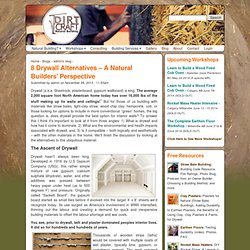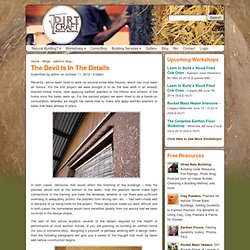

22 Beautiful Stairs That Will Make Climbing To The Second Floor Less Annoying. Our spiral staircase photography post already proved that even something as mundane as stairs can be absolutely beautiful.

We decided to expand on that theme and show you the 22 coolest examples of staircases and step design that we could find. Perhaps one of the most important non-aesthetic design elements of a staircase is space. If the designer can’t figure out a good way to use the space under the stairs, they will take up a lot of space for no good reason at all. If you’ve seen an awesome staircase that’s worth sharing with our readers, you can share it with us at the bottom of this post! Hanging Stairs Designed by: Arquitectura en Movimiento Understairs Space Designed by: Deriba Furniture Tree Stairs Designed by: unknown Tree Banister Designed by: Architetture del Ferro Timber Stripe Staircase Designed by: Tetrarc Vivid Staircase Designed by: Hanne Fuglbjerg Staircase In Northampton Designed by: Philip Watts Bookcase Staircase Designed by: Levitate Architects Flower Petal Staircase Lace Staircase.
Natural Swimming Pools Designed With Nature. Claudia Schwarzer from Bio Piscinas gives us a detailed account of her own experience of designing and creating natural swimming pools.

In the 20 years I have worked as a landscape architect in Portugal, my firm has designed more than 170 swimming ponds, 40 for tourist use. So I know the challenges of placing water features into the Mediterranean landscape. For me and for our clients, it is important to design the swimming ponds to be as natural as possible, so that they look like they have always been there. I am used to working with living things, like gardens and parks. But for me, a swimming pond goes far beyond the sum of its parts. Natural swimming pool full of life; credit: Bio Piscinas Designing swimming ponds is my favorite work as a landscape architect. I find it very helpful to work with my husband, Udo Schwarzer. The natural approach; credit: Bio Piscinas Swimming ponds are also very exciting constructions. Swimming ponds look very simple, but they are not. More Posts. 8 Drywall Alternatives – A Natural Builders' Perspective. Drywall (a.k.a.

Sheetrock, plasterboard, gypsum wallboard) is king. The average 2,000 square foot North American home today has over 16,000 lbs of the stuff making up its walls and ceilings! 1 But for those of us building with materials like straw bales, light-clay straw, wood chip clay, hempcrete, cob, or those looking for options to include in more conventional “green” homes, the big question is, does drywall provide the best option for interior walls? To answer this I think it's important to look at it from three angles: 1) What is drywall and how has it come to dominate, 2) What are the environmental and health impacts associated with drywall, and, 3) Is it compatible – both logically and aesthetically – with the other materials in the home. We'll finish the discussion by looking at the alternatives to this ubiquitous material. The Ascent of Drywall Drywall hasn't always been king. You see, prior to drywall, lath and plaster dominated peoples interior lives.
Compatibility 1. 2. 3. 4. 2. Glass Bottle Walls. Glass Bottle Walls and Houses and more... glass bottle wall An arts center in Deep Ellum, Texas.

Source Earth Ship Home. Note tires and cans as well... Anna's bottle house in Tucson, Arizona. A beautiful cob house in Oregon, USA. Dirt Craft Natural Building. Recently, we’ve been hired to work on several straw bale houses, which has truly been an honour.

For the first project we were brought in to do the bale work in an already erected timber frame, later applying earthen plasters to the interior and exterior of the home once the bales were up. For the second project we were hired to do a hands-on consultation, whereby we taught the owner how to make and apply earthen plasters to bales that were already in place. In both cases, decisions that would affect the finishing of the buildings – how the plasters would end at the bottom of the walls, how the plasters would make tight connections to the framing and meet the windows, whether or not there was sufficient overhang to adequately protect the plasters from driving rain, etc. – had been made well in advance of us being hired for the project.
The rest of this article explains several of the details required for the health of performance of most earthen homes.